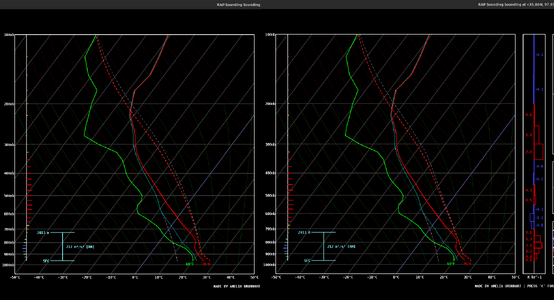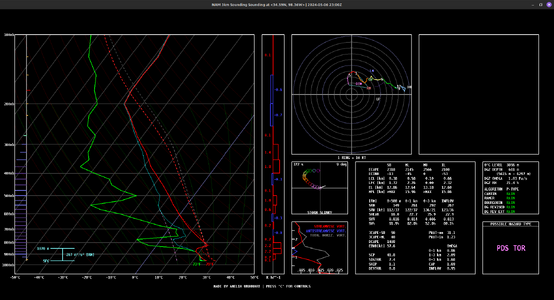Blake Naftel
EF3
- Joined
- Mar 4, 2004
- Messages
- 264
For late Monday afternoon into early evening, a region south of I-40 in southwest Oklahoma, initially along a line west of HW 283 and along HW 62 [Altus/Hollis] within a forecast rich Theta-E regime, backed southeasterly surface winds, subtle diffluent 500 flow and ahead of a suggested dryline bulge has a potent hint at this point [typed at 9:30a on Sunday 5/5]. The caveat to this potential scenario unfolding at all is the forecast 9-11° C temperatures aloft which would/could suppress development or on the other side of the equation, enough parameters align to allow for perhaps one or two supercells to develop by early evening in that regime as some CAMs allude to. Obviously geospatial differences will happen regarding actual dryline position, even pushing this suggested focus zone south of the Red River to near or south of Vernon, Texas. This is not to detract from another concerning zone well to the north along to east of I-35, ITC east along the OK-KS border, in the late afternoon through evening hours in a region that has already been recently socked with severe weather, tornadoes and flooding. After dusk and into the overnight hours does get very concerning for tornado potential for Central and Eastern Oklahoma, but would personally not pursue that activity. For the moment, the southern option is where I would venture towards for either a tornadic supercell or two before sunset, or a complete bust and a visit to a local Braum’s.



